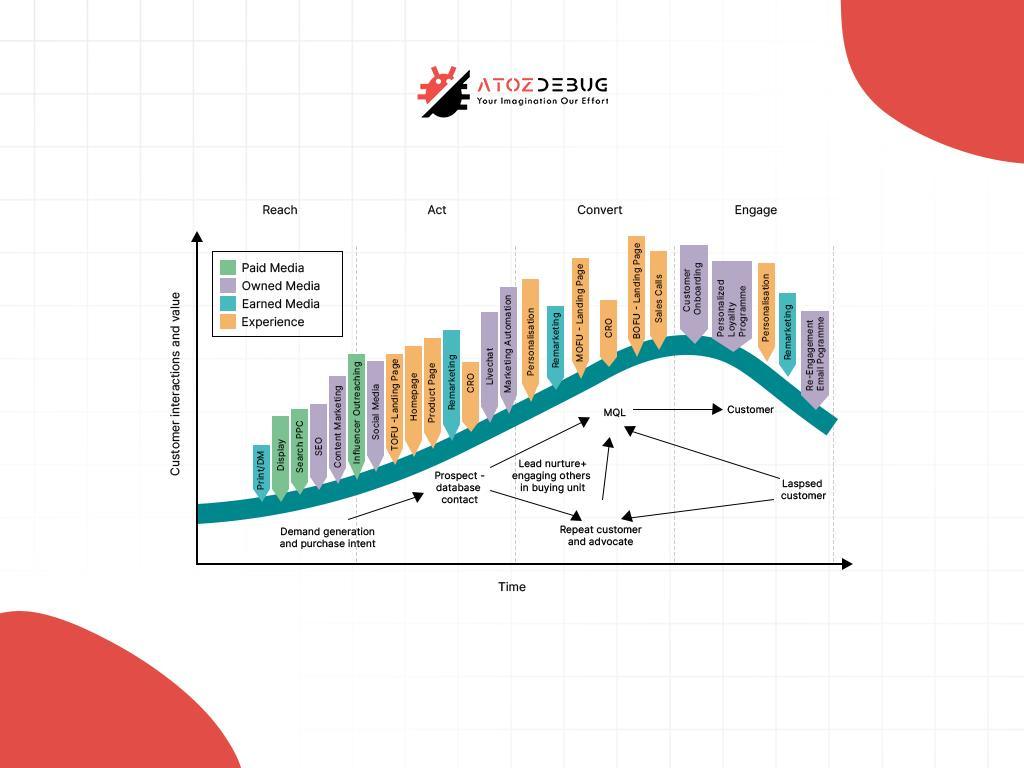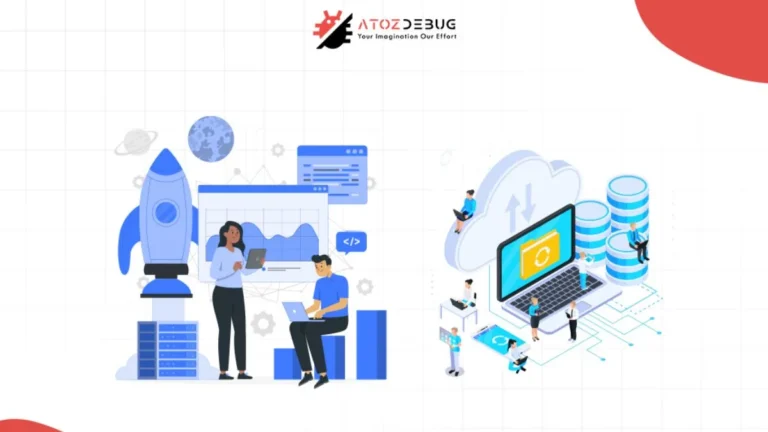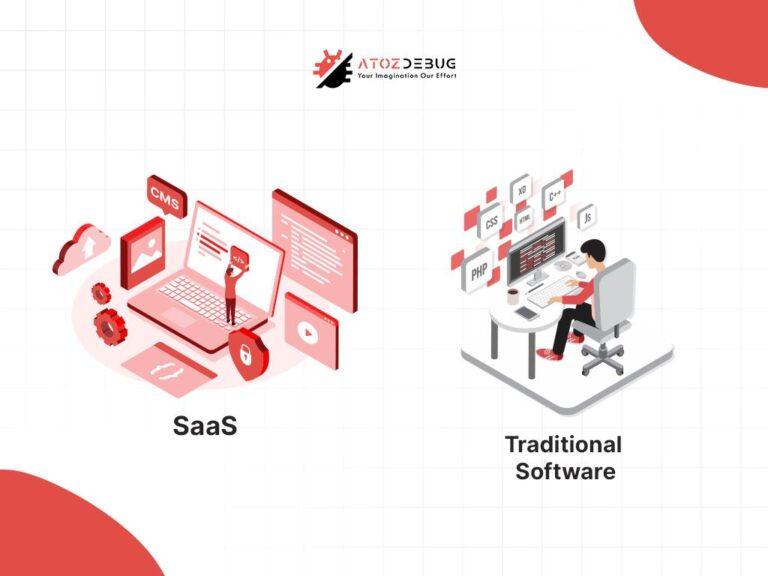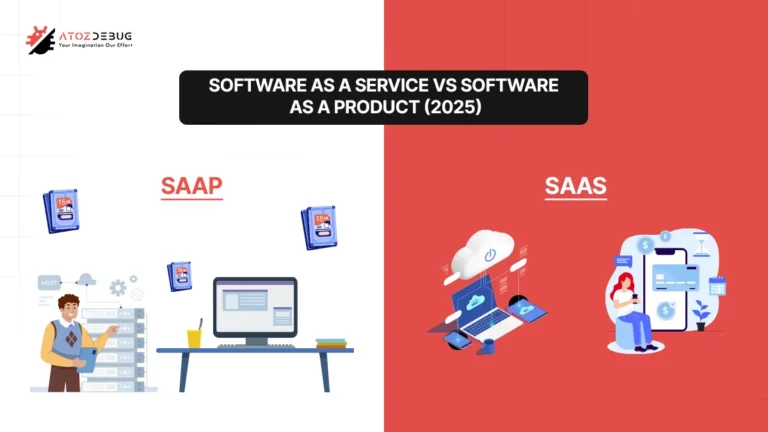Most SaaS businesses struggle not because their product is bad, but because people never hear about it or stick around after signing up. In fact, studies show that more than 90% of SaaS startups fail within the first three years, and poor marketing is a major reason.
The SaaS market is growing rapidly, expected to surpass $700 billion by 2028. That means the opportunities are huge, but the competition is fierce too. Just running ads or sending cold emails is no longer enough. To stand out, you need a smart SaaS marketing strategy that not only brings in new customers but also keeps them loyal for the long haul.
Think of SaaS marketing as a mix of building trust, demonstrating value, and making your product part of someone’s daily routine. It’s not just about getting signups; it’s about turning signups into paying, happy, and long-term customers.
In this guide, we’ll discuss proven SaaS marketing strategies that top SaaS companies like Dropbox, Slack, and HubSpot used to expand quickly, from inbound content funnels and social proof to email automation and product-led growth examples. You’ll also learn practical steps you can take today to boost your SaaS growth.
Unlock B2B SaaS Success with Inbound Marketing Channels
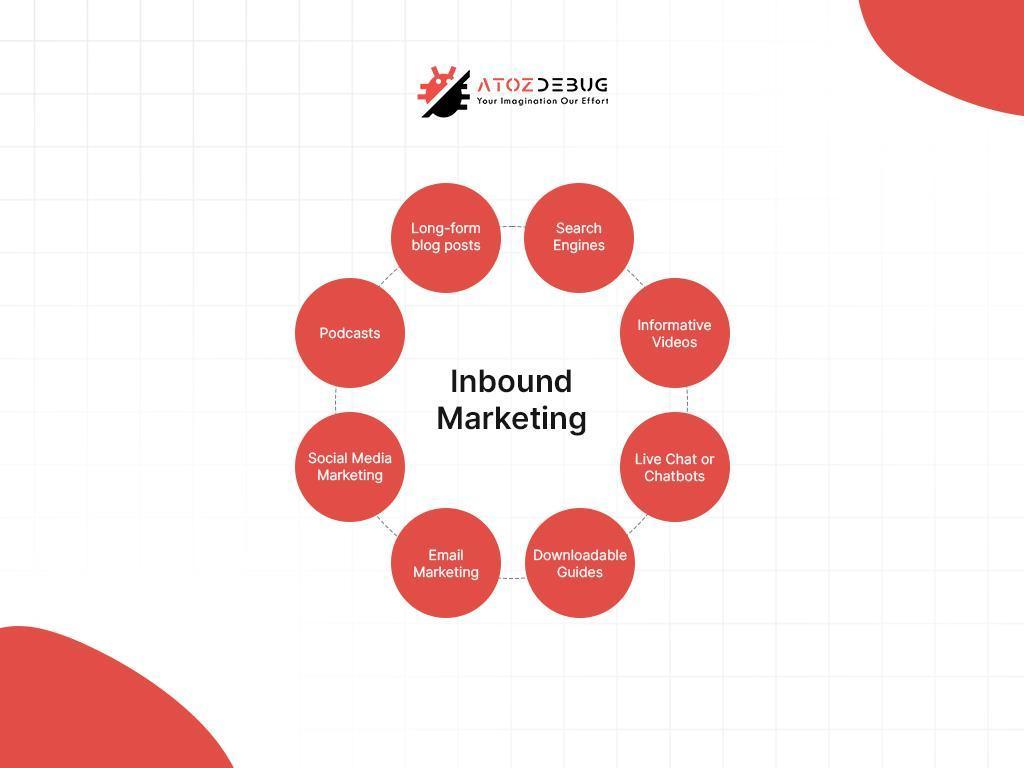
Why Inbound Marketing Matters for SaaS?
Inbound marketing is important for B2B SaaS companies because it attracts customers with useful content and personal engagement. Unlike traditional marketing, which depends heavily on ads and cold calls, inbound marketing uses SEO, content marketing, and social media. This helps build trust, bring in quality leads, and create long-term customer relationships.
Best Inbound Marketing Channels for SaaS Growth
Content Marketing: This means creating blogs, e-books, and case studies to help potential customers learn more about your brand. When you share useful and well-researched content, it solves customer pain points (problems) and makes them more likely to trust and engage with your business.
SEO (Search Engine Optimization): SEO simply means improving your website content with the relevant keywords so that it ranks higher on search engines like Google. Good SEO strategies, including on-page and technical SEO, help bring more organic visitors who are actually interested in what you offer.
Email Marketing: It means sending personalized emails to keep customers interested and drive conversion. By making email campaigns and sending them the right message at the right time, you can build stronger connections and increase sales.
Social Media Campaigns: Through social media campaigns, companies can share useful insights, promote their content, and connect with potential customers on platforms like LinkedIn, Twitter, and YouTube. When you post engaging content, it builds trust and makes more people aware of the brand.
Webinars and Online Events: These type of events is a great way to connect with people through live Q&A sessions, product demos, and educational talks. They help potential customers learn more about your SaaS product and see how it benefits them.
Inbound Marketing vs Outbound Marketing for SaaS
| Factor | Inbound Marketing | Outbound Marketing |
|---|---|---|
| Approach | Attracts customers naturally with content, SEO, and social proof. | Pushes messages through ads, cold calls, and direct outreach. |
| Cost Over Time | Lower long-term cost (organic traffic compounds). | High ongoing cost (ads stop working once budget stops). |
| Customer Trust | Builds trust by educating and solving problems. | Often seen as interruptive and less trustworthy. |
| Lead Quality | Higher quality leads (users already searching for solutions). | Mixed quality, some may not even be interested. |
| Scalability | Grows steadily with consistent effort. | Scales quickly but can get very expensive. |
| Best For | SaaS companies focused on long-term growth and retention. | SaaS startups looking for fast but temporary growth. |
Boost Customer Retention with User-Generated Content and Social Proof
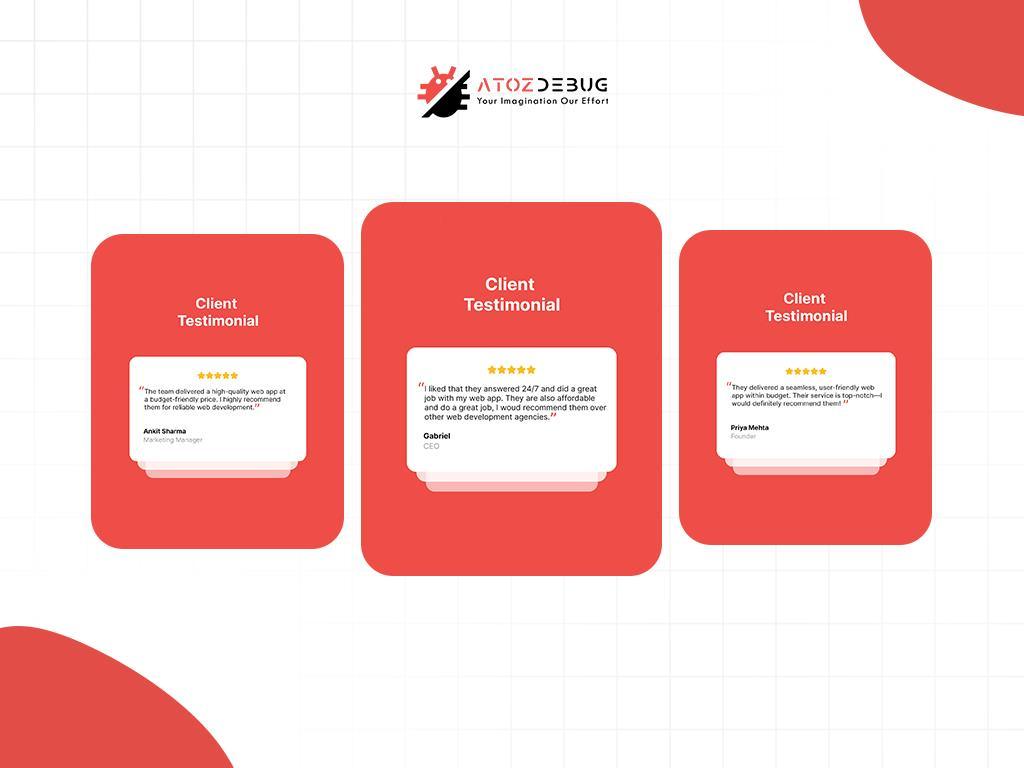
Getting new sign-ups is exciting, but the truth is: your SaaS business only grows when customers stay. If they cancel after a month, you’re back to square one. This is where social proof and user-generated content (UGC) come in.
People trust others more than ads. When your customers share their stories, reviews, or experiences, it builds instant credibility. Think about it, wouldn’t you trust another business owner’s success story more than a great sales pitch?
Key SaaS Content Marketing Strategies for Retention:
- Customer Reviews & Testimonials – Displaying positive feedback from current users builds social proof and encourages potential customers to take the next step.
- UGC Campaigns – Encouraging users to share their experiences, such as using your product in action, can be a powerful way to engage and retain customers.
- Case Studies & Success Stories – Highlighting success stories shows how your SaaS product has helped real customers solve problems and achieve goals.
SEO Tactics for Enhanced Retention:
- On-Page SEO – Adding relevant keywords in UGC and case studies ensures that these authentic, engaging pieces of content rank well in search engines, attracting more potential customers.
- Off-Page SEO – Building backlinks to UGC from trusted sources further enhances credibility and authority, benefiting SEO and customer retention efforts.
- Technical SEO – Making sure UGC pages load fast and work well on mobile creates a smooth experience, keeping users interested and preventing them from leaving.
When combined with a solid content strategy and effective SEO techniques, UGC and social proof significantly improve customer retention. These tactics not only drive organic traffic but also establish your SaaS business as a trustworthy, customer-focused brand.
Drive Conversions with Effective SaaS Content Marketing and SEO
To get more conversions, SaaS businesses need a smart content marketing plan along with good Search Engine Optimization (SEO).
Since SaaS products keep changing, it’s important to create content that educates, keeps users interested, and helps them make the right buying decision.
Optimize Content for Better Visibility
A well-structured SEO approach ensures that your content reaches the right audience. On-page SEO plays a crucial role in making content readable and search-friendly.
This includes optimizing headlines, meta descriptions, internal linking, and using relevant keywords naturally. Meanwhile, off-page SEO, like backlinks from authoritative sources, helps establish credibility and improve rankings.
Technical SEO for Seamless User Experience
Many SaaS companies overlook technical SEO, but it’s critical for conversions. A fast, mobile-friendly website with clean code and proper indexing improves user experience and search rankings. Structured data, secure HTTPS connections, and a clear site structure ensure that both users and search engines can navigate the site effortlessly.
Content That Converts
SEO-driven SaaS content marketing is not just about rankings; it’s about creating value for the user. Case studies, how-to guides, and product comparisons help potential customers understand how your software solves their problems.
Additionally, writing blog posts for each stage of the buyer’s journey, from awareness to decision, helps keep users engaged and increases conversions.
Enhance User Experience with UX/UI Design and Onboarding
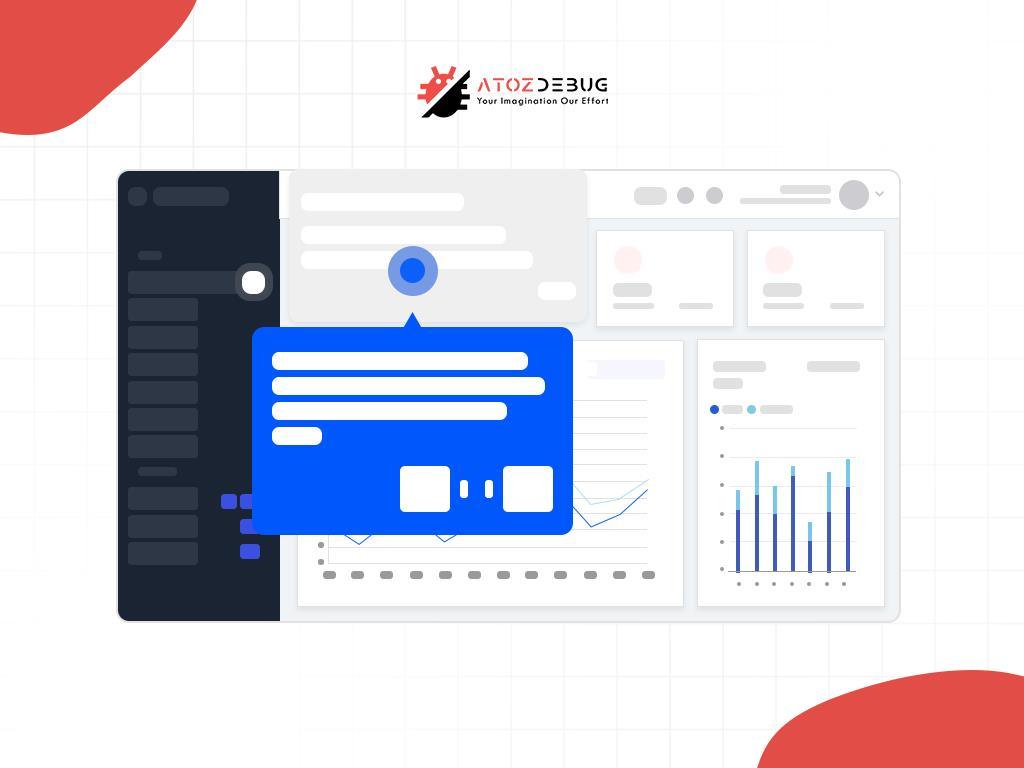
A smooth user onboarding experience with a simple UX/UI design helps customers enjoy your product and keep using it. When new users interact with your product, they should instantly understand its features and how to derive value from it. A clear and well-planned onboarding process makes sure they don’t feel confused and can start using the product easily.
What Are the Best Practices for UX/UI Design & Onboarding:
1. Interactive Product Walkthroughs
Guide users through essential product features with interactive walkthroughs or in-app tutorials. This reduces the learning curve and helps users achieve their first success quickly.
2. Personalized User Onboarding
A single approach won’t work for everyone. Instead, use customer data to make onboarding more personal. Show the most useful features based on each user’s needs, industry, or job role.
3. Simple and Intuitive Navigation
A cluttered UI can frustrate users. So, ensure that menus, buttons, and layouts are clear and easy to navigate. A frictionless UI keeps users engaged and encourages them to explore more.
4. Progress Indicators & Checklists
Using progress bars or onboarding checklists helps users stay on track. Completing small steps gives users a sense of achievement and encourages them to complete the onboarding process.
5. Proactive Customer Support & Help Centers
Offering real-time support, chat assistance, or an accessible knowledge base helps users resolve doubts quickly. This enhances user confidence and reduces frustration.
Maximize Leads with Email Marketing and Free Trial Signups
A strong email marketing strategy helps businesses attract quality leads and turn them into paying customers. One of the most effective ways to do this is by offering free trials and following up with emails. This approach allows potential customers to experience your product or service before making a purchase. Also, it increases the chances of conversion.
Why Use Free Trials for Lead Generation?
A free trial is the best way to attract people who are truly interested in your product. It gives them a chance to try it without any risk before deciding to buy.
But just offering a trial isn’t enough. You also need a good lead generation tool and a smart email marketing plan to guide these users toward becoming customers.
How to Turn Free Trial Users into Paying Customers
1. Create a Simple Signup Process: Keep your free trial signup form short and easy to complete. Asking for only essential details like name and email increases conversions.
2. Send a Welcome Email Instantly: Once a user signs up, send an automated welcome email explaining how to get started. Include helpful resources, video tutorials, or a step-by-step guide.
3. Use Drip Email Campaigns: Throughout the trial period, send a series of emails highlighting key product features and benefits. Show how your solution can solve their problems.
4. Incorporate Conversion Optimization Strategies: Don’t forget to offer incentives like discounts or bonus features for those who upgrade before the trial ends. A well-timed email reminding users about the trial expiration can also boost conversions.
5. Gather Feedback: At the end of the trial, ask for feedback. Even if they don’t convert, their insights can help improve your product and marketing efforts.
Frequently Asked Questions (FAQs)
Q1. What is a SaaS marketing strategy?
A SaaS marketing strategy is a plan that helps software companies attract new customers and keep existing ones. It usually includes inbound content, SEO, free trials, onboarding, and retention tactics like social proof. The goal isn’t just signups, it’s long-term customer growth.
Q2. How is SaaS marketing different from traditional marketing?
Traditional marketing often focuses on one-time sales. SaaS marketing, on the other hand, is about building ongoing relationships. Since SaaS products run on monthly or yearly subscriptions, the focus is on reducing churn, improving onboarding, and keeping customers happy for the long term.
Q3. What is the most effective SaaS marketing channel?
There isn’t a single “best” channel, it depends on your product and audience. But proven channels include SEO-driven content marketing, email nurturing, referral programs, and webinars. For B2B SaaS, LinkedIn and product-led growth tactics (like free trials) often work really well.
Q4. What are some examples of successful SaaS marketing campaigns?
Dropbox grew by offering extra storage space through its referral program.
Slack built brand awareness by sharing customer success stories and focusing on easy onboarding.
HubSpot scaled by using inbound marketing — blogs, guides, and webinars that educated potential users.
Q5. How do I choose the right SaaS marketing strategy for my business?
Start with your target audience. If you’re a B2B SaaS, focus on inbound marketing (blogs, LinkedIn, case studies). If you’re targeting individuals, product-led growth with free trials and simple onboarding works better. The best approach is to test multiple channels, track results, and double down on what works.
Conclusion
Overall, creating a successful SaaS business needs a balanced approach. A strong focus on inbound marketing, helps you attract the right customers and raise brand awareness.
But acquiring customers is only half the distance, keeping them engaged is just as important as anything. For that, using user-generated content and social proof, you can build trust and reduce customer churn. Additionally, a smooth UX/UI design and good onboarding help new users understand your products’s value and keep them loyal for longer.
When you focus on customer lifetime value, you make choices that benefit your business growth in the long term. By implementing strategies like SEO and content marketing, you can lower customer acquisition costs and boost organic traffic.
Always remember, building brand love is about creating connections, and not just selling a product. The more you focus on what your customers need and provide value, the more they’ll stick with you.
So, if you’re in the SaaS market, you must have these SaaS marketing strategies, as they’re very beneficial. To learn and implement them effectively, reach out to ATOZDEBUG. You can start your free trial now or contact us for a demo to understand how we can help grow your SaaS business.

